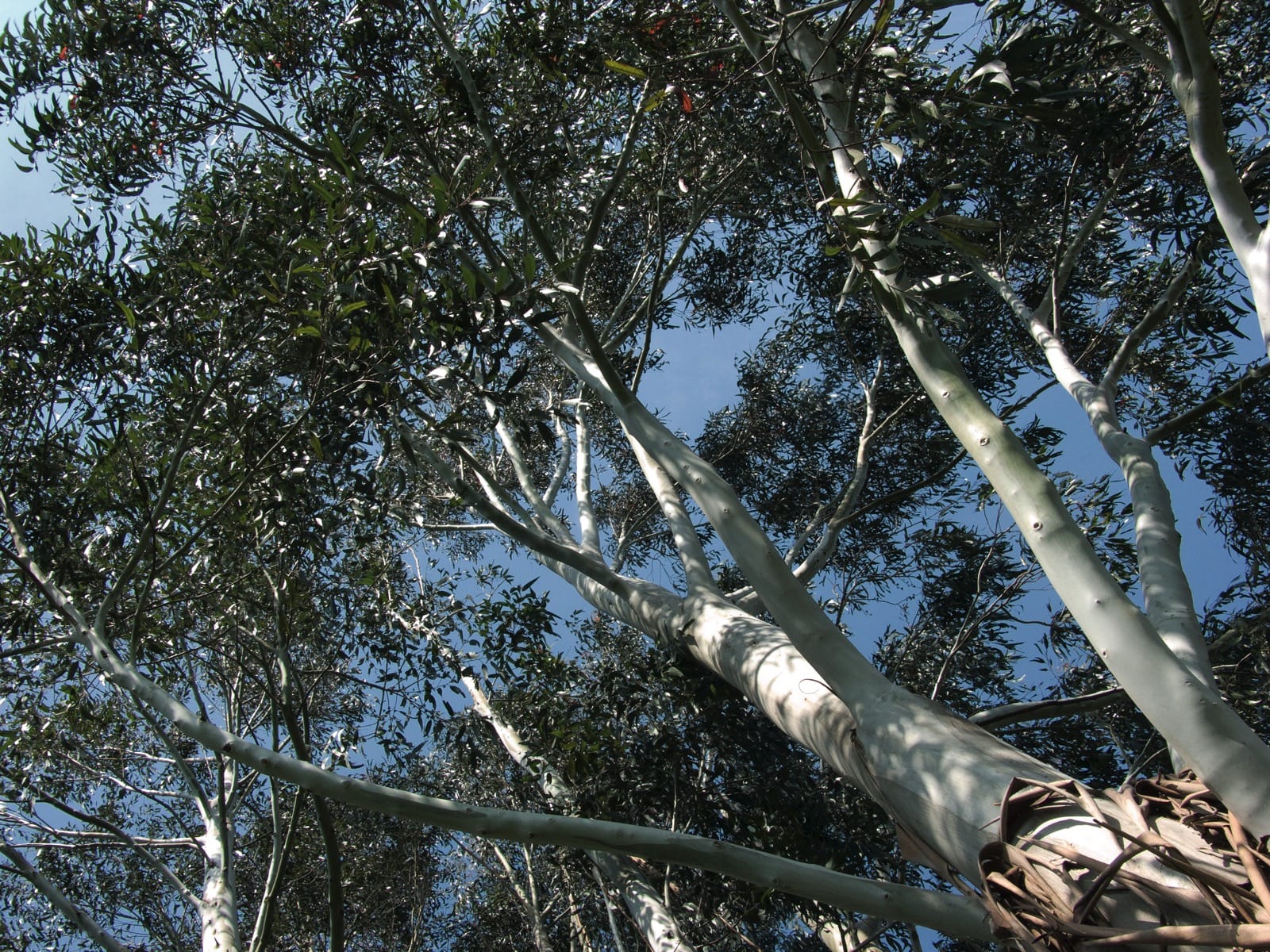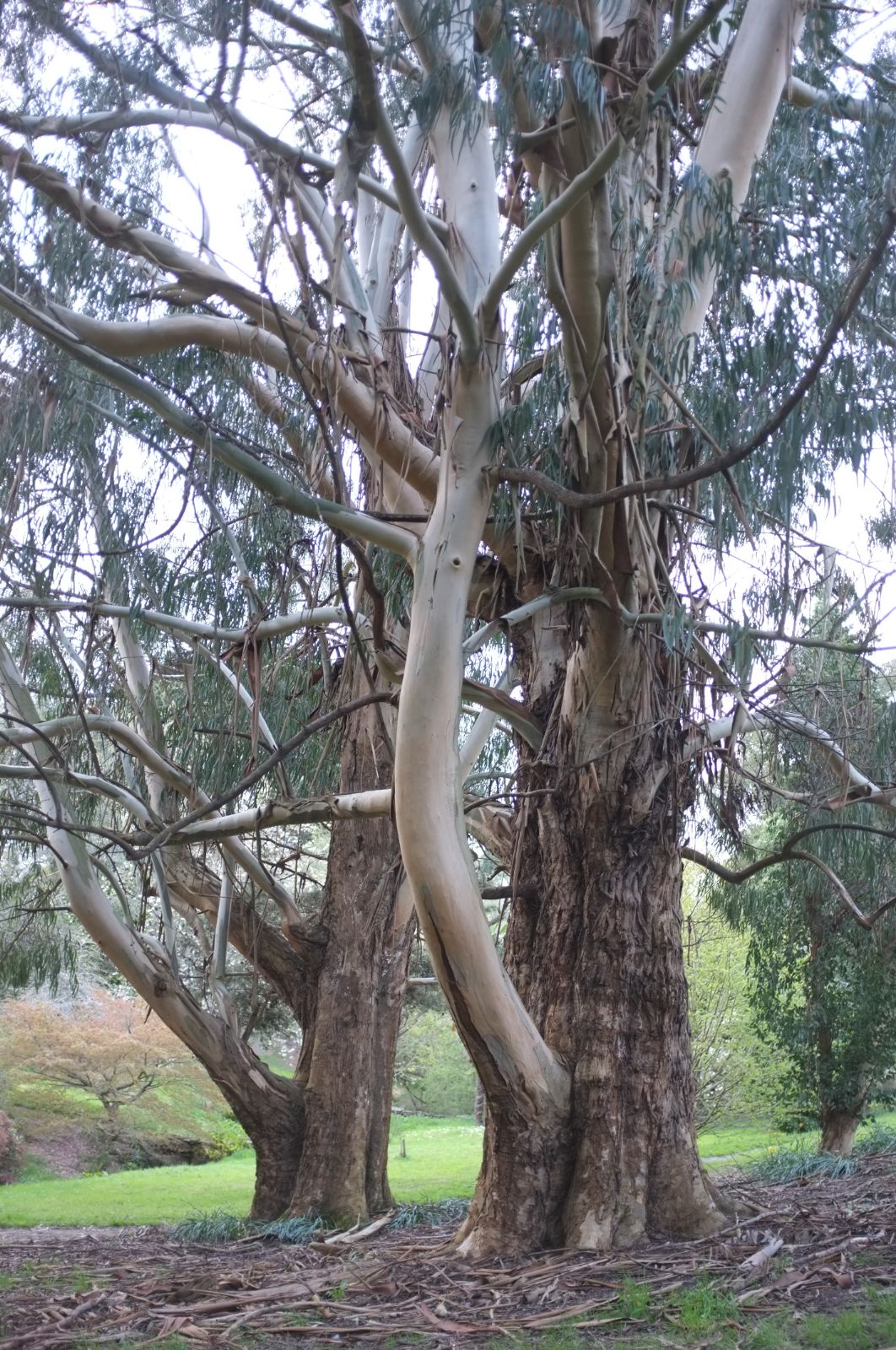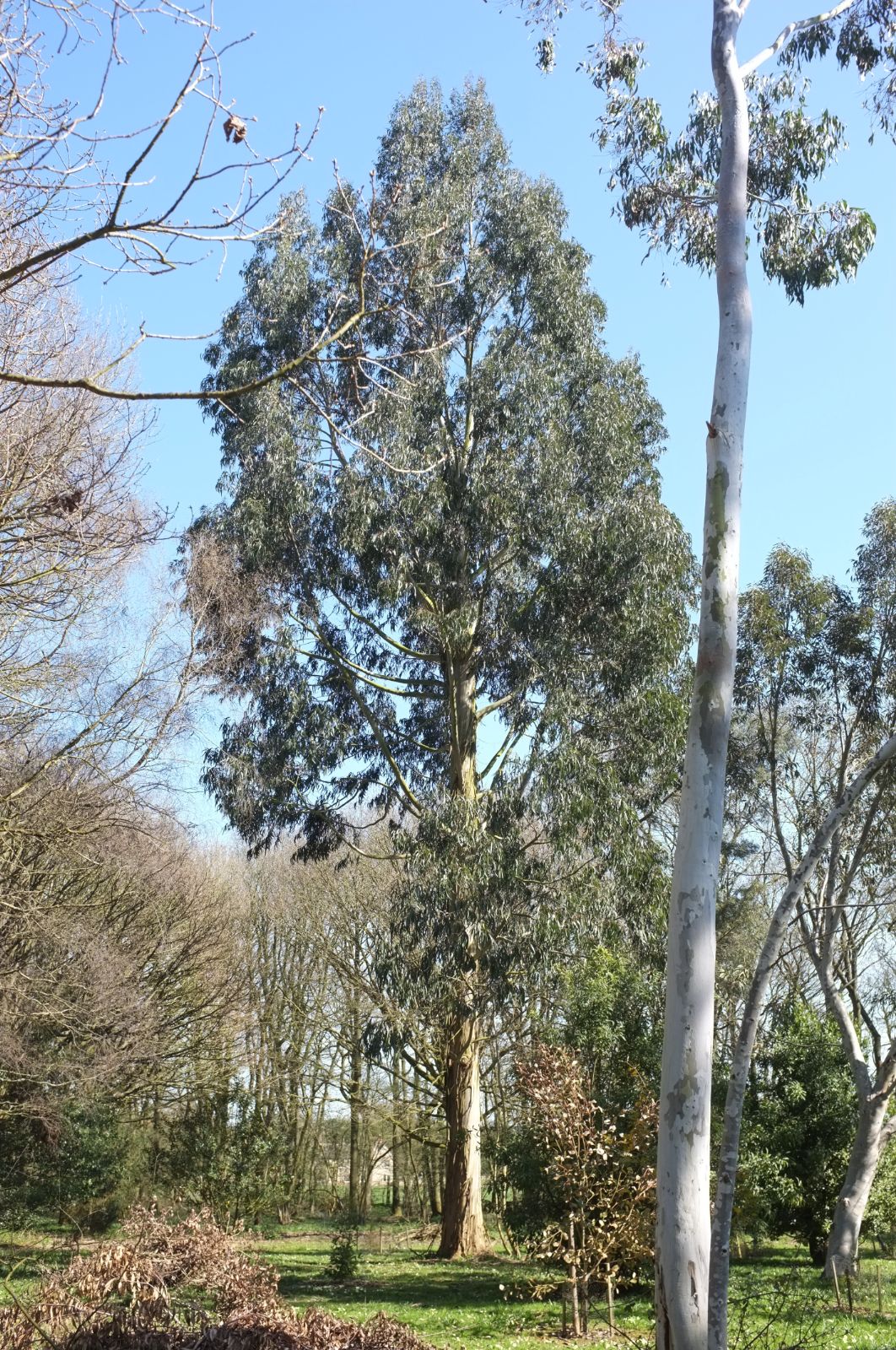Eucalyptus nitens
Credits
Article from New Trees by John Grimshaw & Ross Bayton
Recommended citation
'Eucalyptus nitens' from the website Trees and Shrubs Online (treesandshrubsonline.
Genus
Common Names
- Shining Gum
Other taxa in genus
- Eucalyptus acaciiformis
- Eucalyptus albida
- Eucalyptus amygdalina
- Eucalyptus archeri
- Eucalyptus blakelyi
- Eucalyptus bridgesiana
- Eucalyptus brookeriana
- Eucalyptus camaldulensis
- Eucalyptus camphora
- Eucalyptus chapmaniana
- Eucalyptus cinerea
- Eucalyptus coccifera
- Eucalyptus cordata
- Eucalyptus crenulata
- Eucalyptus cypellocarpa
- Eucalyptus dalrympleana
- Eucalyptus delegatensis
- Eucalyptus elliptica
- Eucalyptus fastigata
- Eucalyptus fraxinoides
- Eucalyptus globulus
- Eucalyptus gregsoniana
- Eucalyptus gunnii
- Eucalyptus johnstonii
- Eucalyptus kybeanensis
- Eucalyptus lacrimans
- Eucalyptus laophila
- Eucalyptus leucoxylon
- Eucalyptus macarthurii
- Eucalyptus macrorhyncha
- Eucalyptus mannifera
- Eucalyptus melliodora
- Eucalyptus mitchelliana
- Eucalyptus moorei
- Eucalyptus morrisbyi
- Eucalyptus neglecta
- Eucalyptus nicholii
- Eucalyptus nova-anglica
- Eucalyptus obliqua
- Eucalyptus oreades
- Eucalyptus ovata
- Eucalyptus parvula
- Eucalyptus pauciflora
- Eucalyptus praecox
- Eucalyptus radiata
- Eucalyptus regnans
- Eucalyptus remota
- Eucalyptus risdonii
- Eucalyptus rodwayi
- Eucalyptus rubida
- Eucalyptus saligna
- Eucalyptus sideroxylon
- Eucalyptus stellulata
- Eucalyptus subcrenulata
- Eucalyptus tenuiramis
- Eucalyptus urnigera
- Eucalyptus viminalis
Tree to 70 m (occasionally 90 m). Bark generally smooth, shiny and yellowish white or grey throughout; may become dark, rough and flaky at the base of the trunk. Branchlets pinkish red. Juvenile leaves opposite, sessile, broadly lanceolate to ovate and glaucous. Adult leaves thick and glossy green, 13–24 × 1.5–2.5 cm, narrowly lanceolate to lanceolate, lateral veins distinct, margins entire, apex acuminate; petiole terete or channelled, 1.5–2.2 cm long. Inflorescences solitary and axillary; umbellasters with seven flowers. Flower buds ovoid or cylindrical; hypanthium 0.3–0.4 cm wide; stamens white or cream. Capsule cylindrical to ovoid, often ribbed, 0.4–0.6 cm diameter; valves three to four, flush or slightly exserted. Chippendale 1988. Distribution AUSTRALIA: New South Wales, Victoria. Habitat Open forest (incl. pure stands) on slopes and mountain tops. USDA Hardiness Zone 8. Conservation status Not evaluated. Illustration NT326, NT352.
Eucalyptus gunnii is often considered to be the fastest-growing tree in the British Isles but it is slow when compared to the growth rate achievable by E. nitens. In Oxfordshire Steve Verge (pers. comm. 2007) planted trees at 45 cm in April 2002. These put on 1.5 m of growth in the first year, 3 m in the second and 5 m in the third, and by 2006 were 16 m tall, forming magnificent straight trunks. Such a growth rate is not exceptional and there are fine tall trees throughout the British Isles, many having made big thick trunks as befits an important timber species. An exceptional grove is to be found in the Brentry area of the Hillier Gardens, where six specimens planted in 1986 are all over 20 m tall, with three over 30 m. The largest of these was measured by H. Brown in 2006 at 33.8 m tall with a dbh of 73 cm (Sir Harold Hillier Gardens database). This is not a tree for small gardens! Once established and maturing it is not damaged by frost in British conditions, but young plants are a little more tender. They will coppice up to the age of about four years, when the tree will begin to flower, but not thereafter. Good shining bark is visible from an early age and together with the good glaucous leaves makes this a very handsome tree. The only drawback is that it can shed branches.





